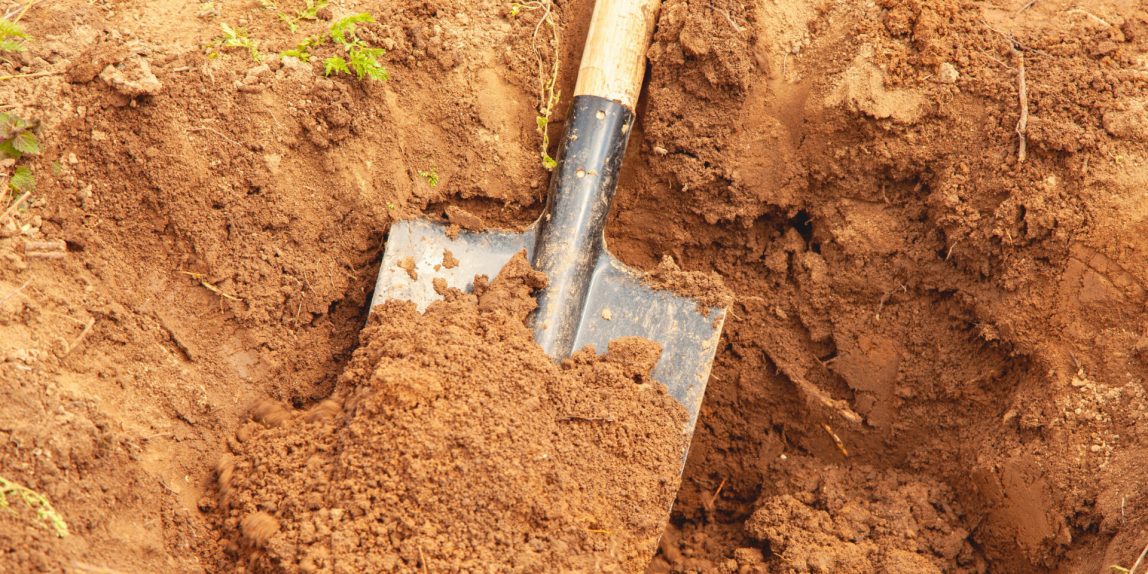Reading time: 5 minutes
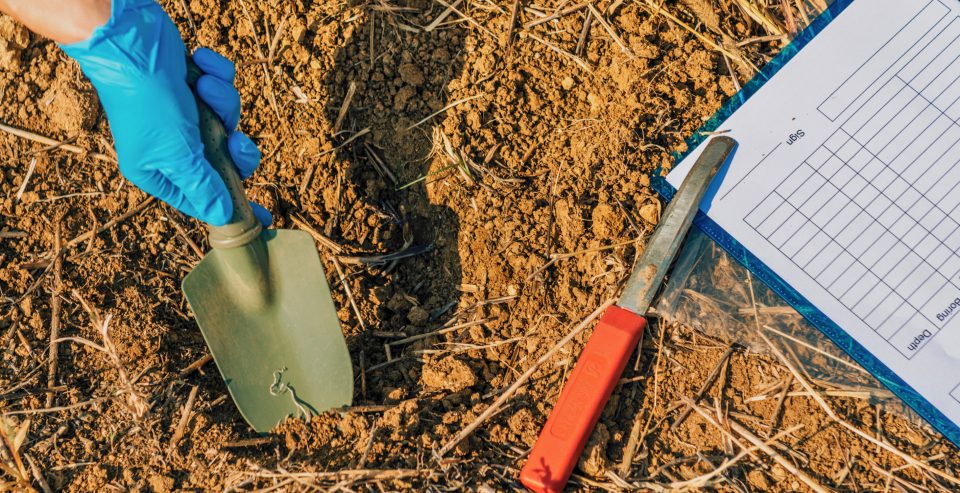
Gardening in the Southwest, particularly in the arid Mojave Desert, presents a unique set of challenges. With little rainfall, sparse vegetation, and soil conditions that are often salty and alkaline, desert gardening requires a sufficient understanding of the soil.
One of the most common challenges that desert gardeners face is the pH level of the soil, which tends to be higher (>8.0) due to the presence of caliche. This elevated pH can cause essential nutrients to become insoluble, meaning the plant won’t be able to absorb them for healthy growth.
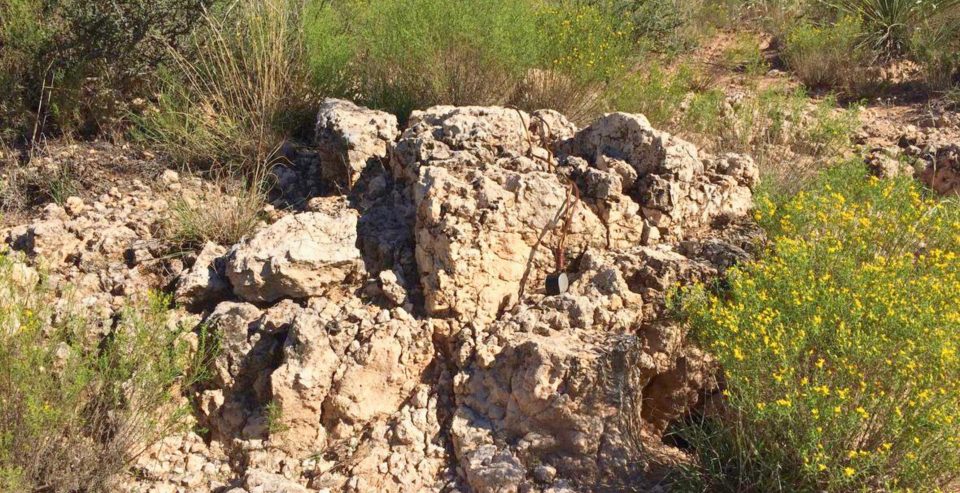
Understanding Caliche: Caliche is soil that has been cemented with calcium carbonate, often found in gravel-like pebbles or solid layers. The levels of calcium carbonate in the soil are a result of millions of years of limestone weathering.
If you test your soil’s pH and find that it is too high, you can address the alkalinity by introducing elemental sulfur. Through oxidation, elemental sulfur transforms into sulfuric acid, breaking down caliche and making the soil more acidic. Use 15-20 pounds of Dr. Q’s Soil Sulfur per 1,000 square feet, then till 6-8 inches deep. Avoid applying sulfur during the summer. Moreover, avoid using ammonium sulfate, as it will not cause the correct chemical reaction.
Improving Organic Matter: Beyond managing pH levels, desert gardeners must grapple with the low levels of organic matter present in the native soil. With the absence of organic matter, there is poor soil structure, moisture retention, temperature moderation, and nutrient content – all important factors related to soil and plant health. To remedy, simply add a layer of Dr. Q’s Premium Paydirt Planting Mix about 2 inches thick at the beginning of each season. Our experts have specifically formulated this soil mix to improve desert soils, containing a mixture of peat moss and compost (two essential components of good organic matter).
When using an amendment like Paydirt, be sure to incorporate native soil since relying solely on organic matter can be counterproductive. The optimal growing conditions for a plant includes a mix of materials, including clay, sand, and silt, all of which are available in native desert soil. A good mix ratio is 50% native soil and 50% amendment.
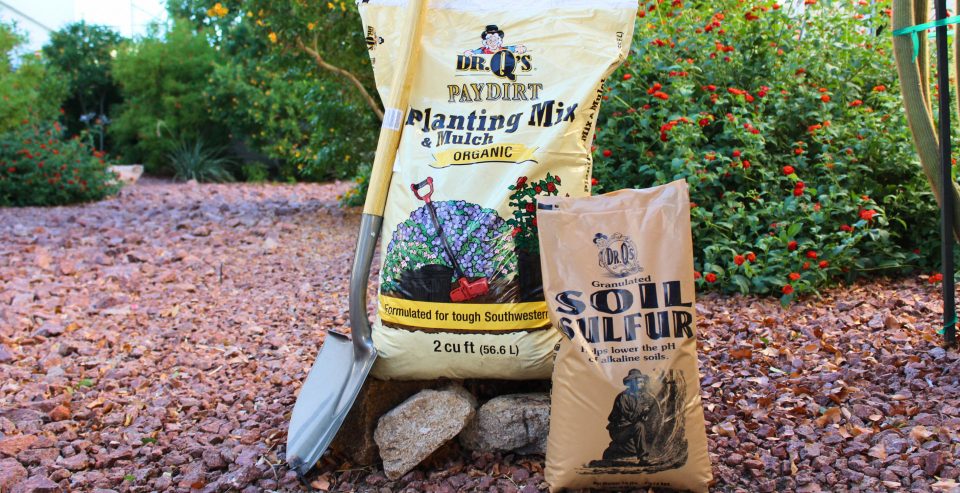
Soil Health Checklist: To aid you in navigating the health of your soil, we’ve compiled a checklist that you can use to assess and enhance soil health:
- Test soil pH by using a testing kit, available at your favorite Star Nursery location. If soil pH is above 8, consider adjusting with elemental sulfur.
- Dig a hole to determine if caliche is present. Smaller bits of caliche can be removed through the use of elemental sulfur and/or manual labor. However, you might not be able to remove larger pieces. In this case, consider relocating where you are planting or build a raised bed over the area.
- Test drainage by digging a hole, filling it with water, and observing how quickly it drains. For more information on this topic, revisit Star Note #001 – Planting Guide on our website.
- Add a layer of organic matter to the top of the soil at the beginning of each season.
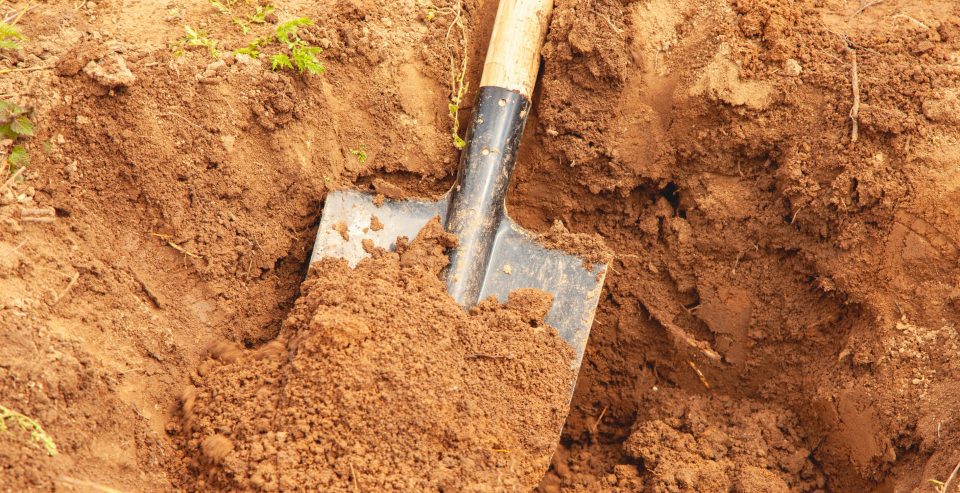
Gardening in the desert can be challenging for both novice and advanced gardeners, but with the right tactics, the challenges can be overcome. Taking the time to improve your soil will make all the difference and your plants will thank you!
